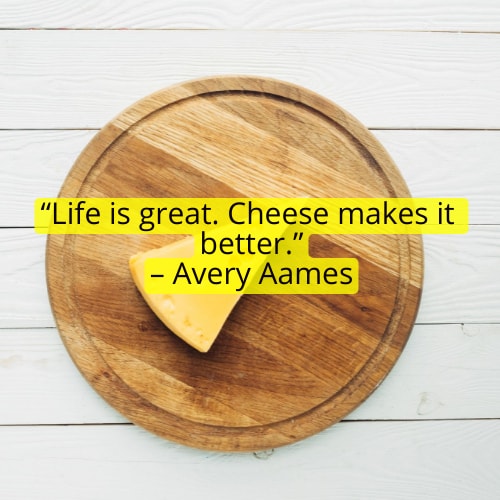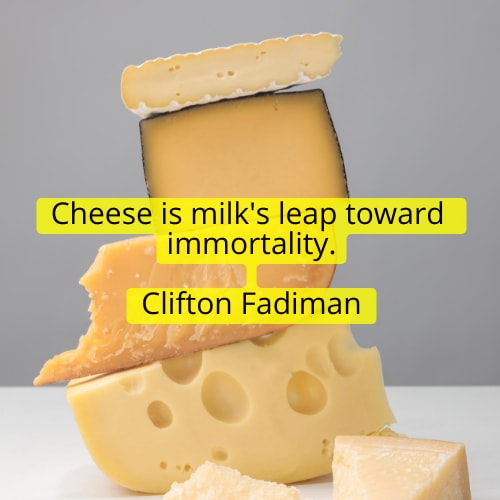from Weastern cuisine to low-fat cheese and milkfat replacers
Dutch multinational dairy co-operative FrieslandCampina thinks that manufacturers and foodservice specialists should capitalize on three global this year to stay ahead of the curve, with dairy and non-animal dairy alternatives playing a key role across the board.
According to the co-op, the fusion of Eastern and Western cuisine – so-called ‘Weastern’ cuisine – will be an ‘exciting’ new avenue for food producers. According to the co-op, 67% of consumers in the Asia-Pacific are interested in ‘trying new and unusual tastes’, while 66% want to try out ‘exotic flavors from other parts of the world’.
Foods with contrasting flavors and textures as well as vegan alternatives will be hot, too.
“We see these major trends as some kind of compass along, which new products can be developed or new ways of integrating products in end-applications can be achieved,” Jules Kramer, global marketing director, industry, at FrieslandCampina Professional, told DairyReporter.
FrieslandCampina also outlined several key ‘microtrends’, such as hybrid foods that can be consumed on-the-go (e.g pizza in a cone), and low-fat alternatives to essential ingredients.
Butter blends, for example, can bring cost benefits without affecting flavor and texture significantly, as Kramer explained. “Even though vegetable oil prices are higher compared to a couple of years ago, prices are still significantly lower than pure dairy milkfat. Vegetable oil costs can be up to 50% more cost effective than pure milkfat.”
The co-op also predicts that the rise of ingredient prices would spell a trend for ingredient blends. This could, at the same time, address the consumer appetite for lighter, healthier alternatives to popular foods. “Consumers are increasingly concerned about their impact on the planet and about their own health,” said the co-op. “They expect great taste and texture in lighter versions of their favorite foods.
“To tap into this trend,… customers have…
..


